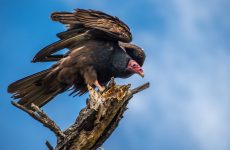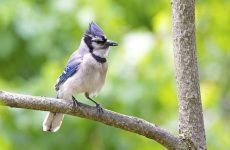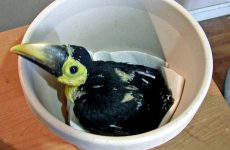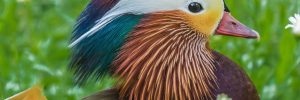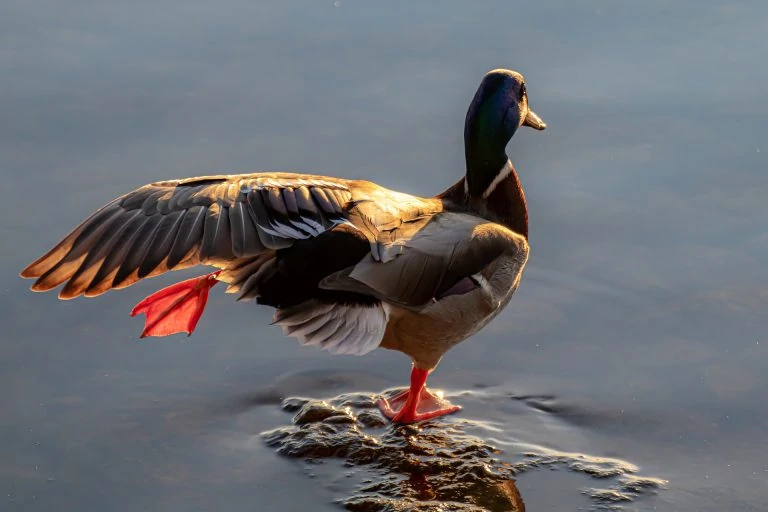
Ducks are designed for swimming in both fresh and saltwater.
They have specially adapted waterproof feathers and amazing webbed feet which enable them to swim through the water with speed and grace.
Find out more about these amazing ducks’ feet.
Ducks have 4 toes
Three toes point forward and one much smaller toe points backward in ducks.
This is similar to many birds and this arrangement of toes is called Anisodactyl.
Ducks also have claws on the end of each toe.
Webbed feet are called syndactyly
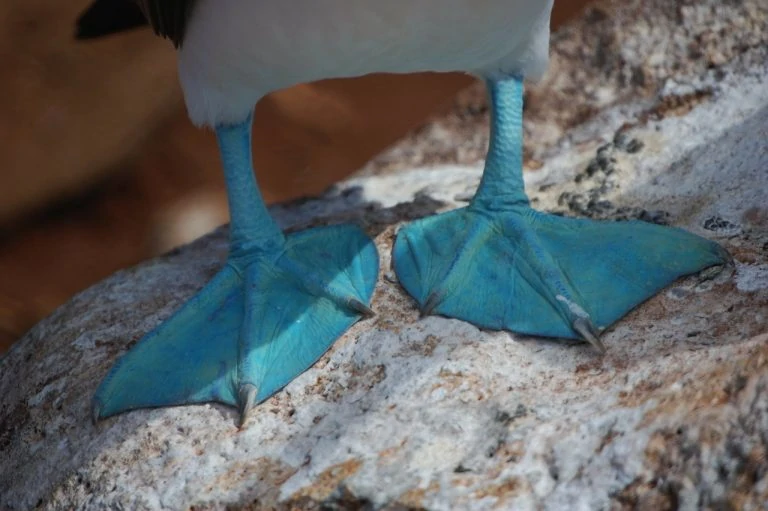
Syndactyly is the name given when two or more fingers or toes are fused together.
This occurs normally in many animals such as ducks and has evolved in ducks to help with swimming.
Ducks feet are called palmate
The webbed toes of ducks are in fact called palmate. This means that the front three toes are joined by skin between them, creating two webs.
Some diving ducks also have a lobed hind toe, which means a lobe of skin sticks out on either side of the toe. This is also used to help with swimming and can expand and contract when the duck swims.
Webbed feet evolved independently in many types of birds
Many animals found the advantage of webbing including birds. There are over 400 species of birds that have webbed feet.
Audubon explain that these webbed feet evolved independently as they are such a good way to swim through the water.
Ducks walk on their toes
Most birds are digitigrade, which means they walk on their toes rather than their whole foot like humans.
Some of the lower bones of the foot are fused to form an extra segment of the leg called the tarsometatarsus. This section sits above what we would consider their toes.
Ducks’ feet don’t freeze
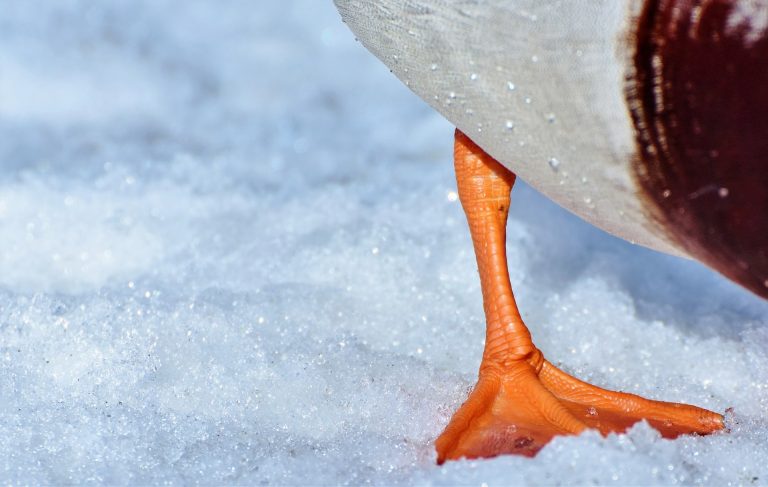
Ducks use their feet to regulate their temperature. Researchers have found that ducks do not lose much heat from their feet.
Ducks do not lose much heat from their feet and they are able to stand on cold surfaces by using countercurrent exchange.
Their arteries and veins are intertwined and before the blood pumps into the ducks’ feet the heat is transferred to the blood coming back into the body from the vein in the feet.
Ducks use their feet to help them swim underwater and for steering
Ducks will paddle their feet when feeding underwater to counteract the buoyancy and so stop them floating to the surface.
They will also use their feet for steering when swimming to quickly change direction.
Diving ducks also have extra lobs of skin on their back toe to provide more webbing and better underwater swimming efficiency.
Ducks push their feet both backwards and downwards on each stroke
Ducks use their feet to swim and they push both backward and downwards with their feet which the webbing stretched out to provide maximum forward motion. The toes are then folded together on the forward stroke to minimize water resistance.
Ducks feet and legs can change color
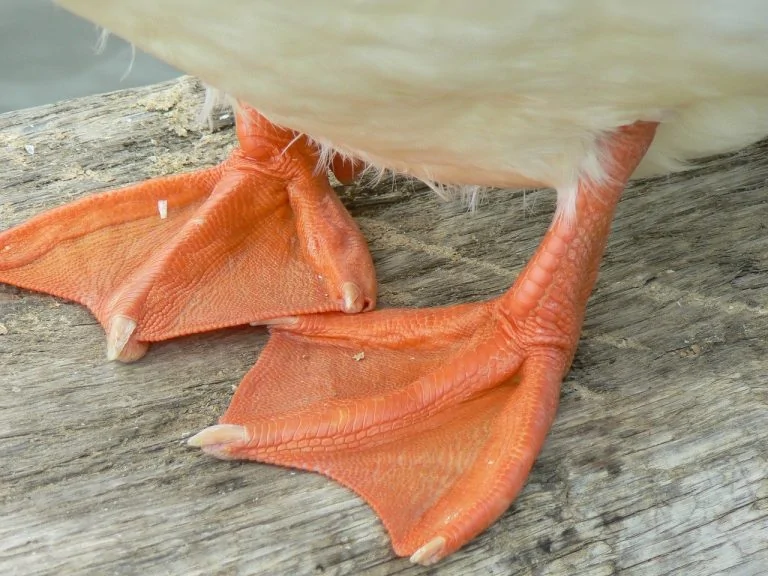
Mallards’ feet are orange and when breeding season starts their feet go a bright orange color. This is thought to help them attract a mate. Once breeding is over their feet return to a paler orange. The change in color is caused by hormones.
Not all ducks have orange feet and they can also be blue and gray.
Ducks feet and legs are set in different positions depending on where they feed
Diving ducks have their legs and feet set quite far back along their bodies to give them the most efficient swimming in the water, but this means they are not as good at walking on land.
Ducks that spend more time on land have their legs and feet more central to create a better balance for walking.
Ducks use their feet to run on water
Getting airborne is tough so ducks use their webbed feet to get the momentum they need to take off.
Diving ducks’ wings are smaller to enable them to dive under the water more efficiently. They, therefore, need to use their webbed feet to run across the water until they have enough speed to take off.
Ducks feet are shock absorbers
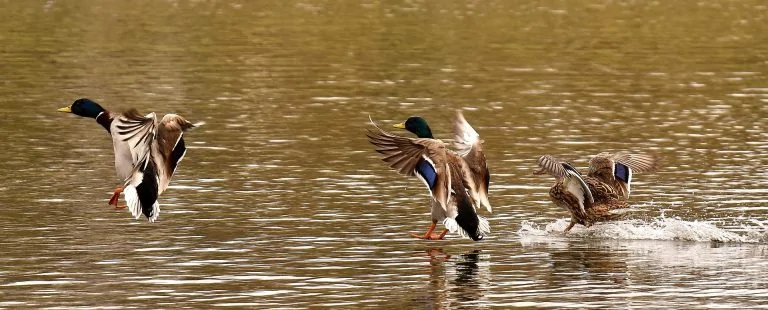
When landing on water ducks’ feet behave like water skis and help absorb the shock of landing.
Ducks’ feet touch the water first and they ‘ski’ along the surface, slowing their speed before their bodies touch down.

